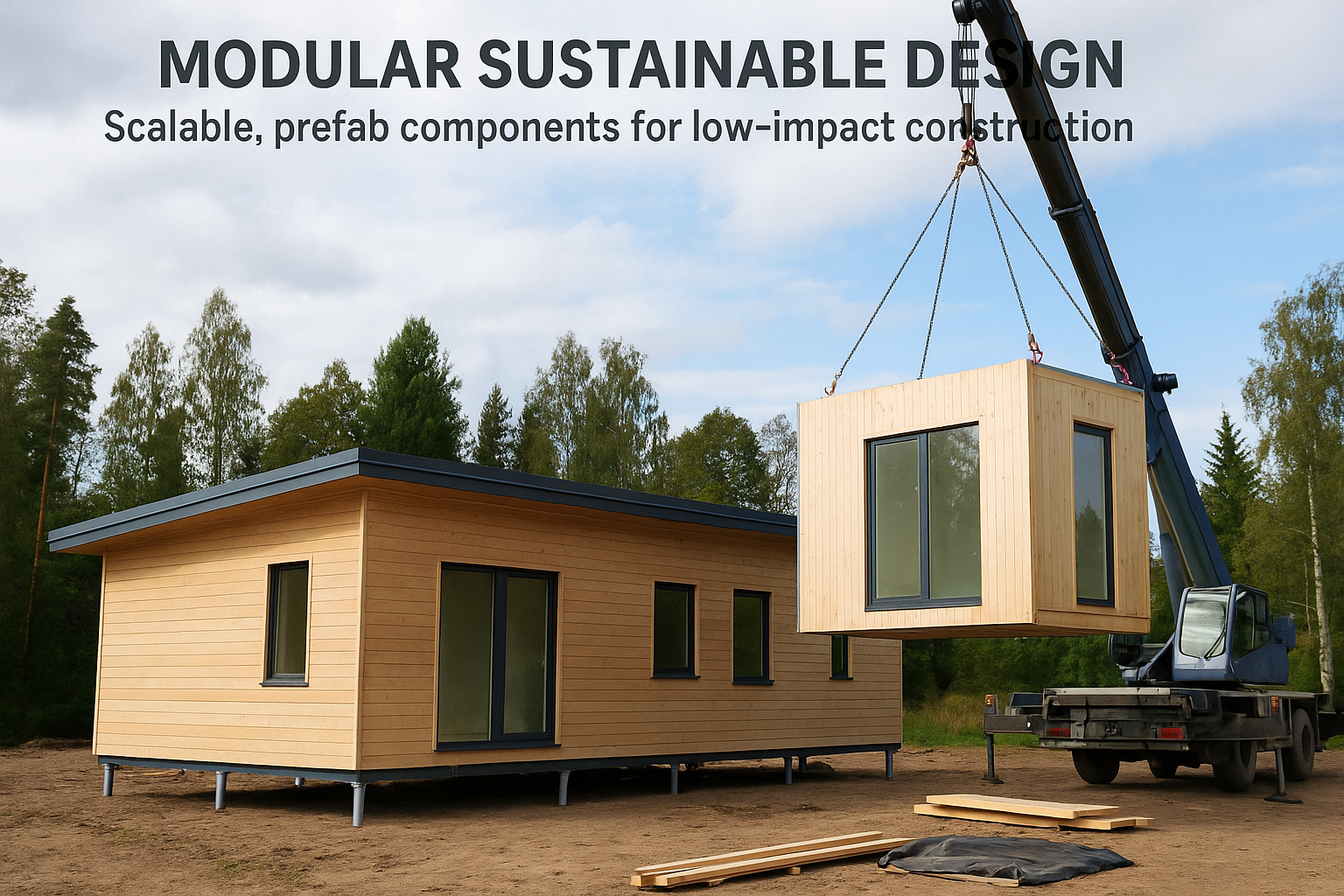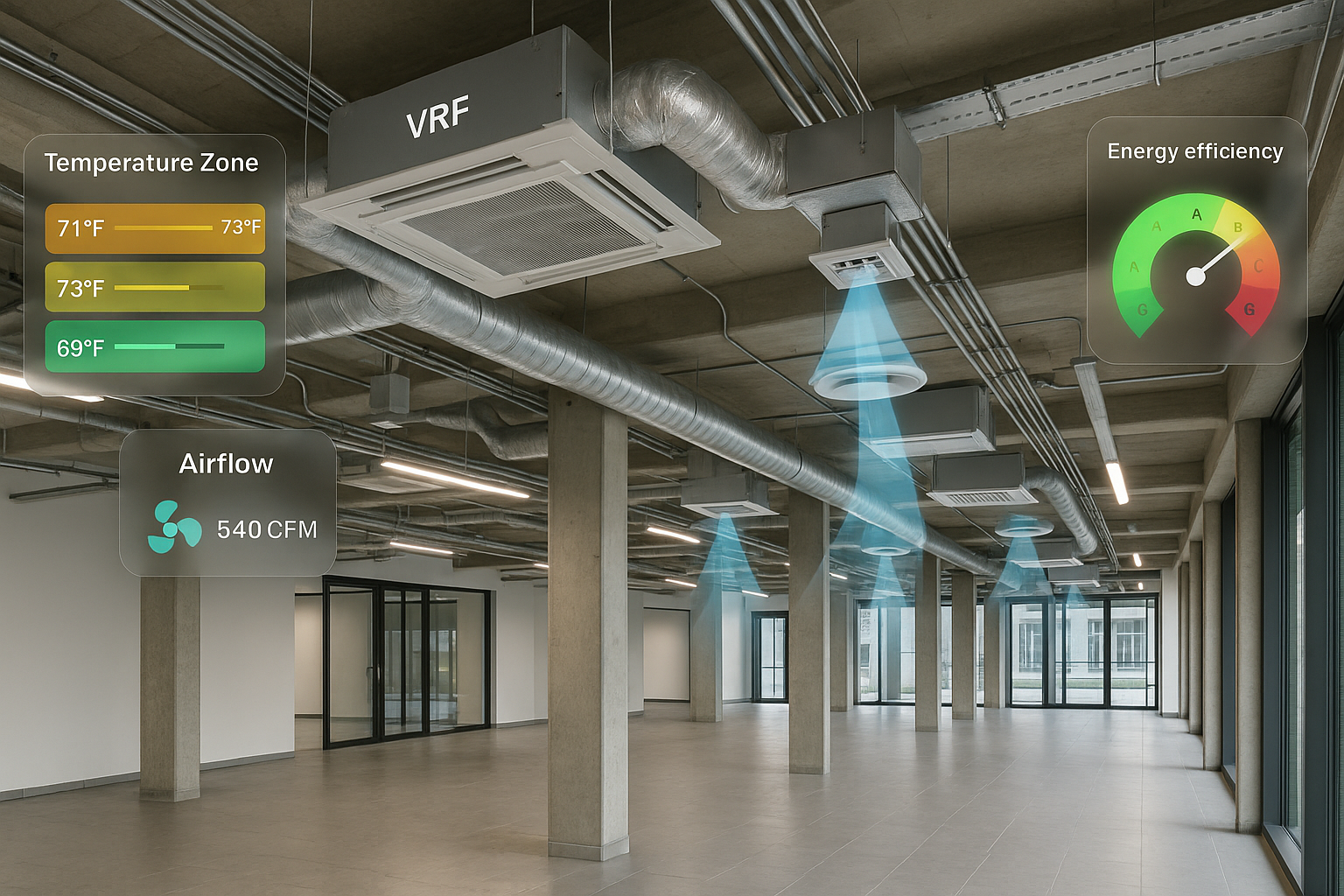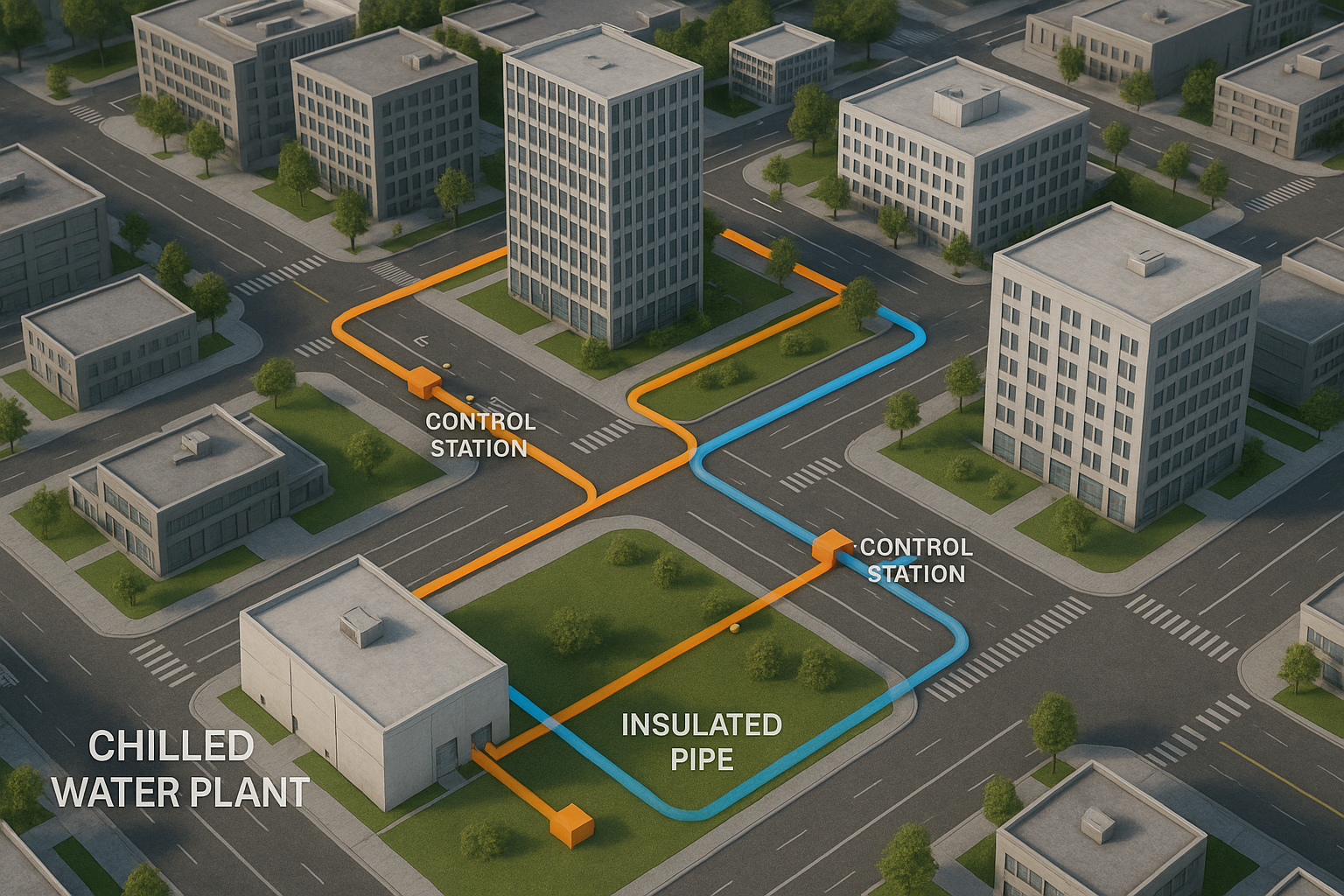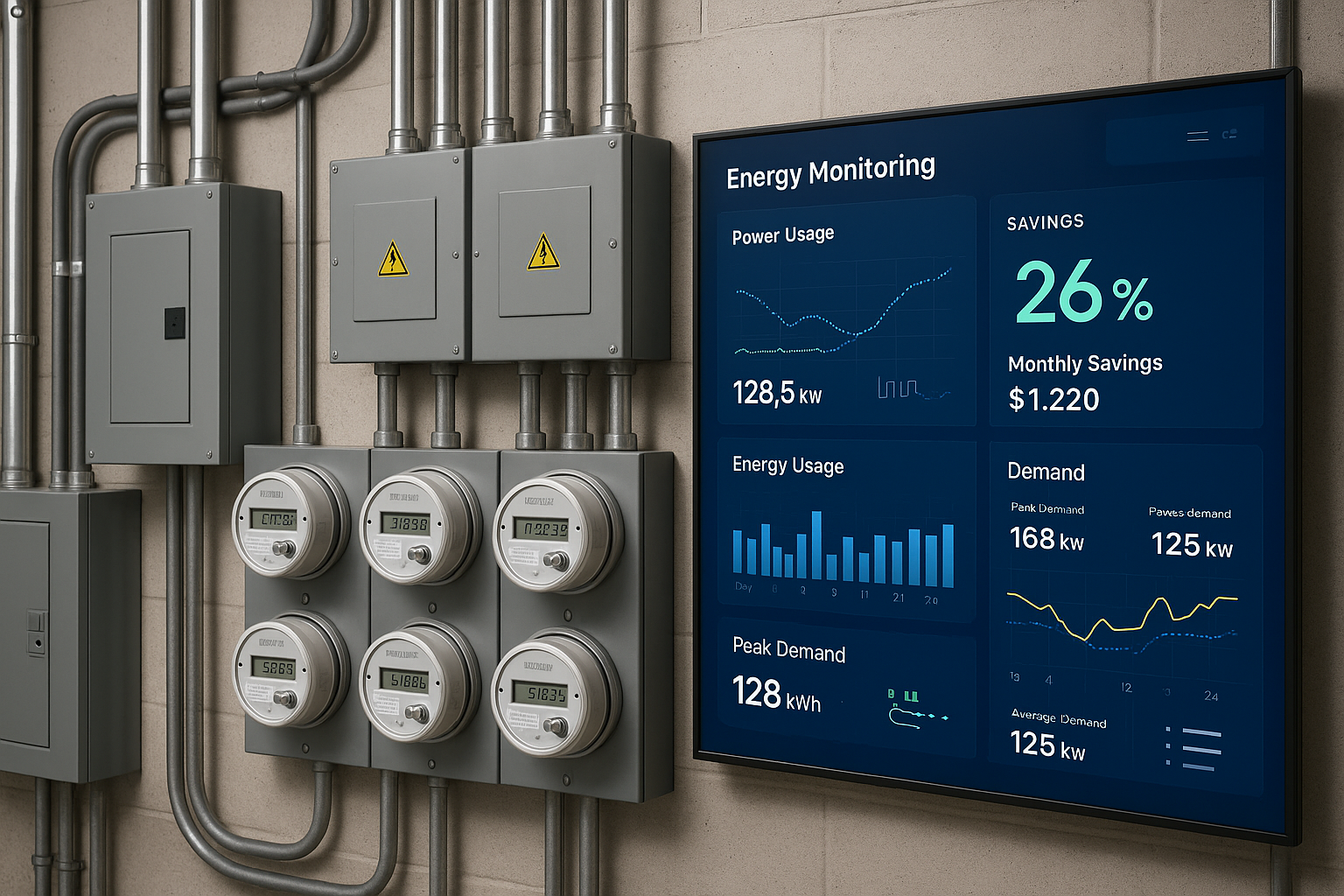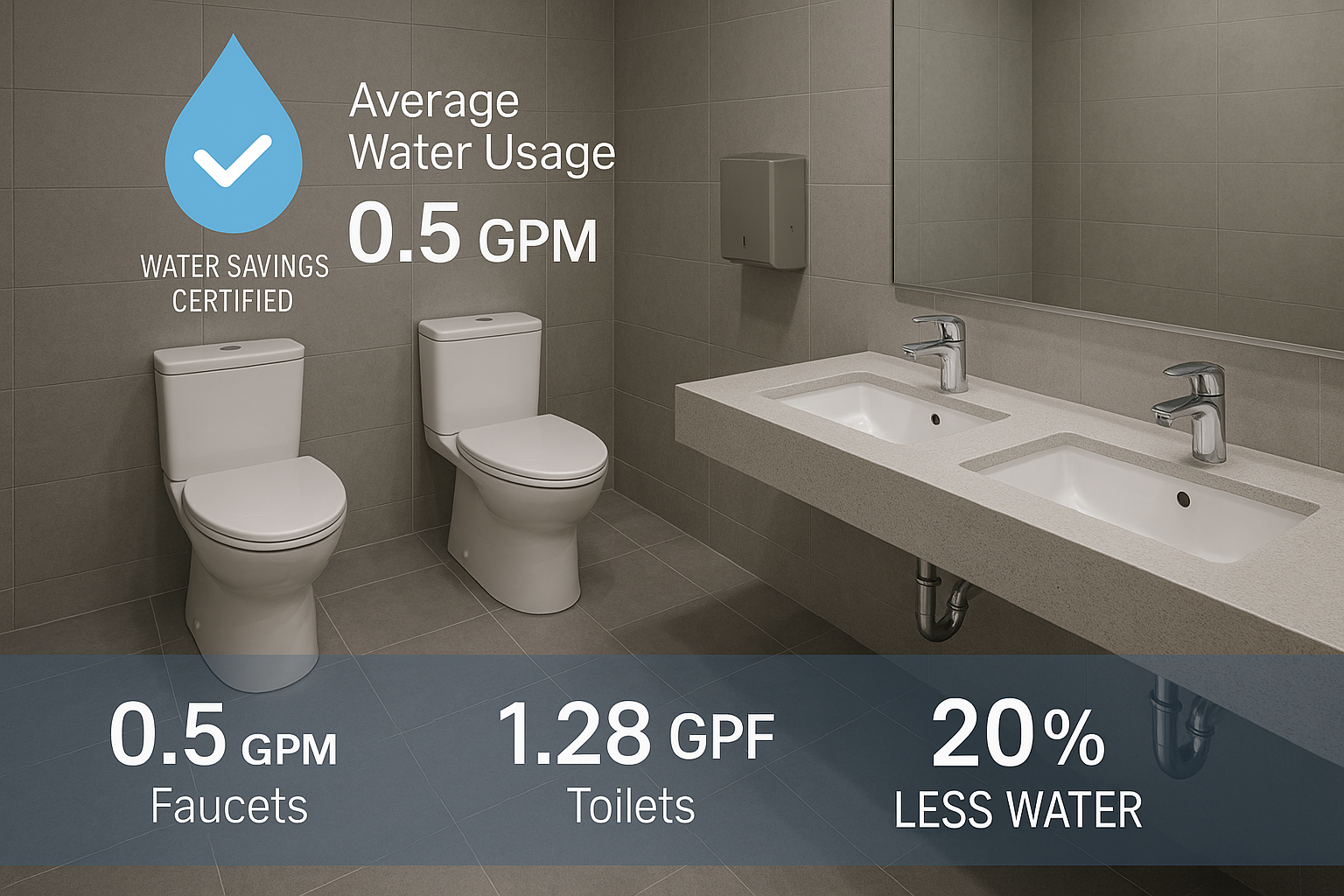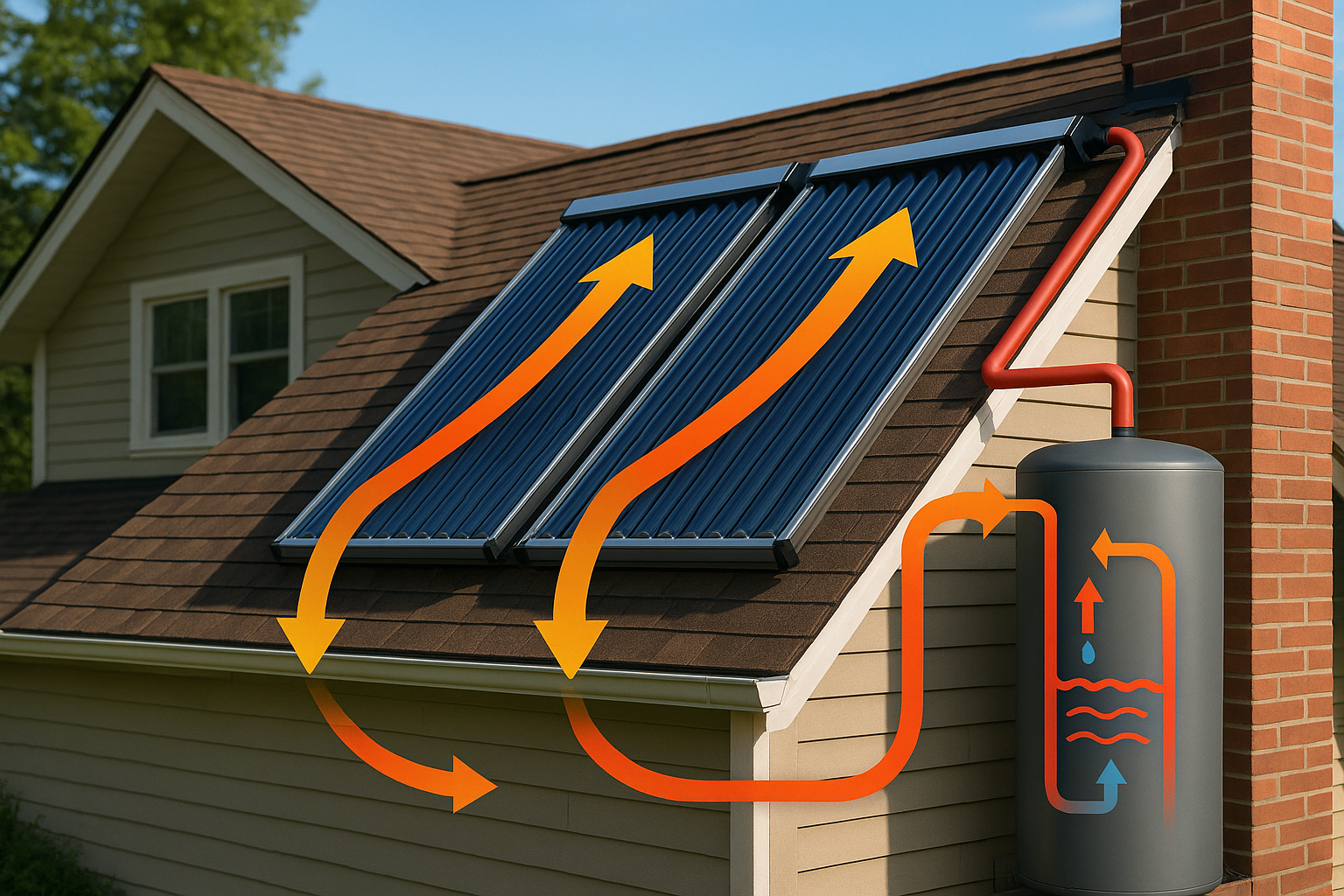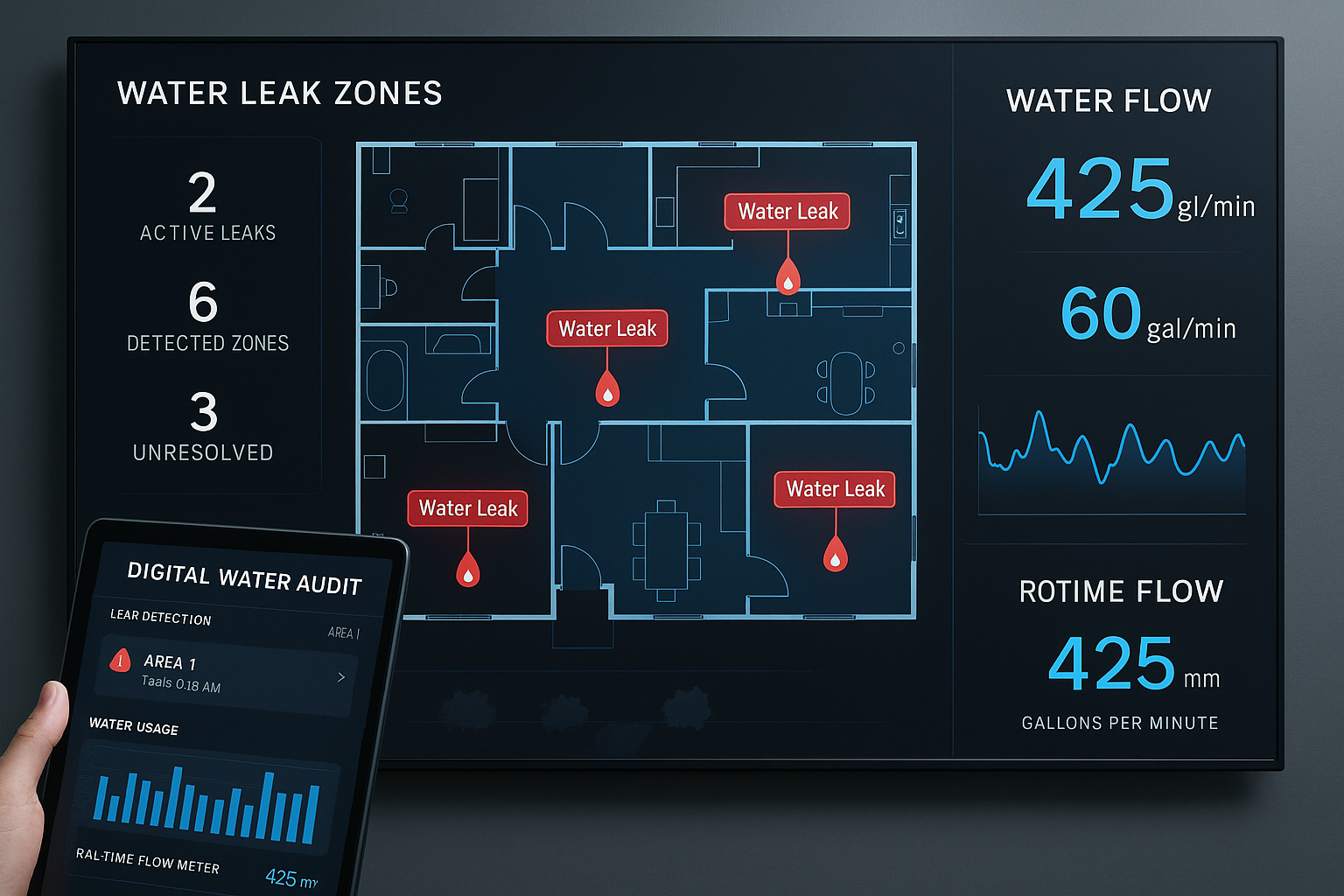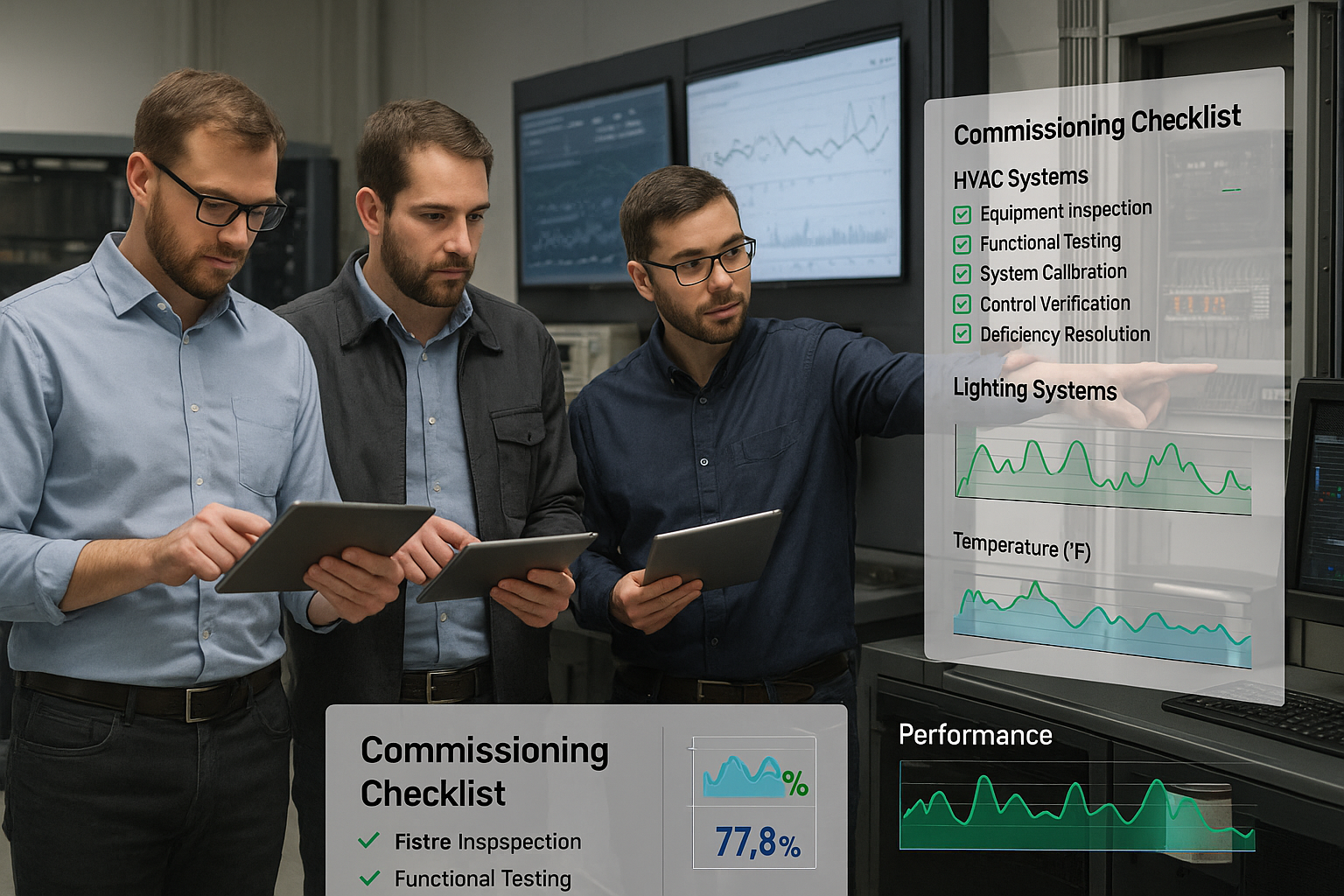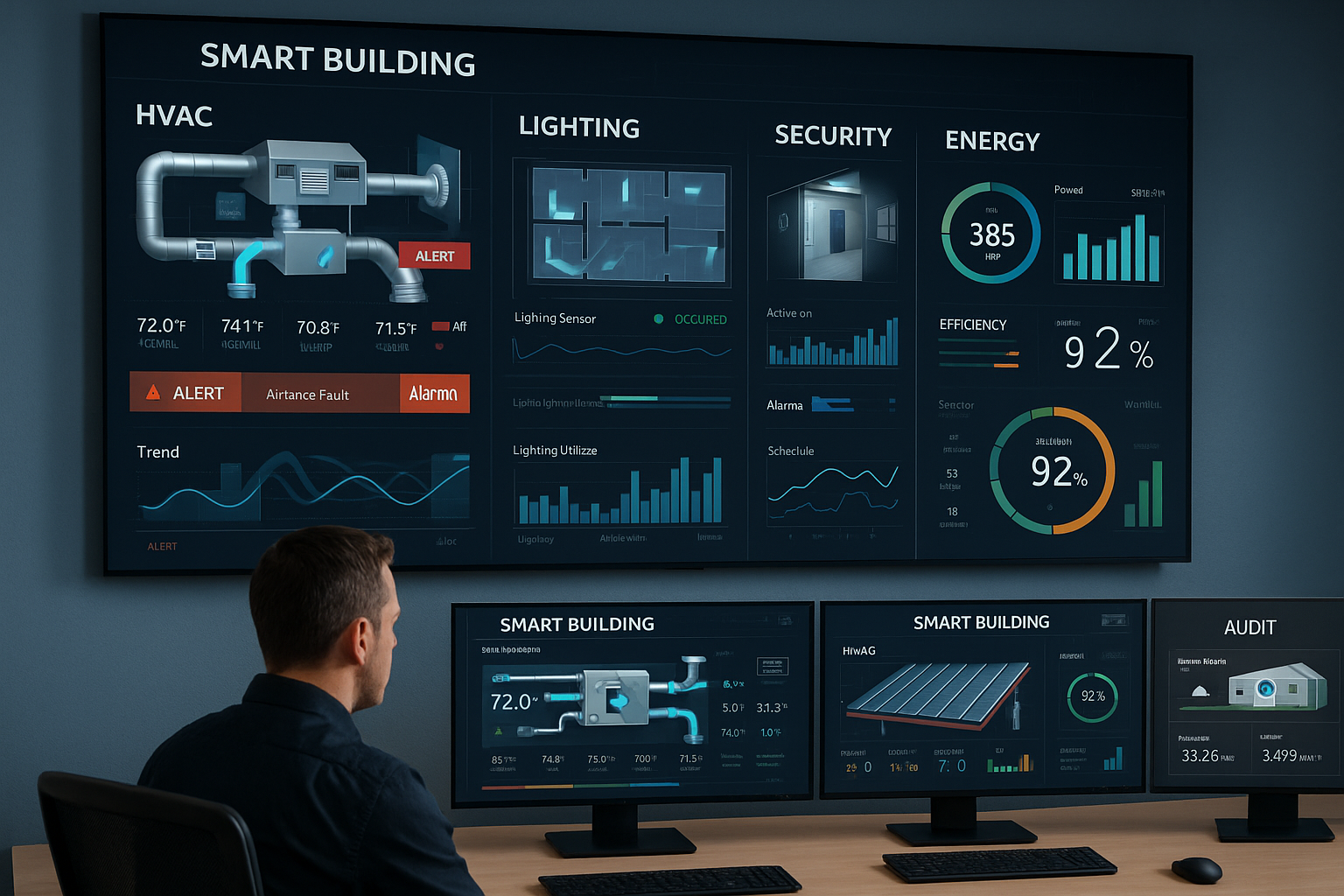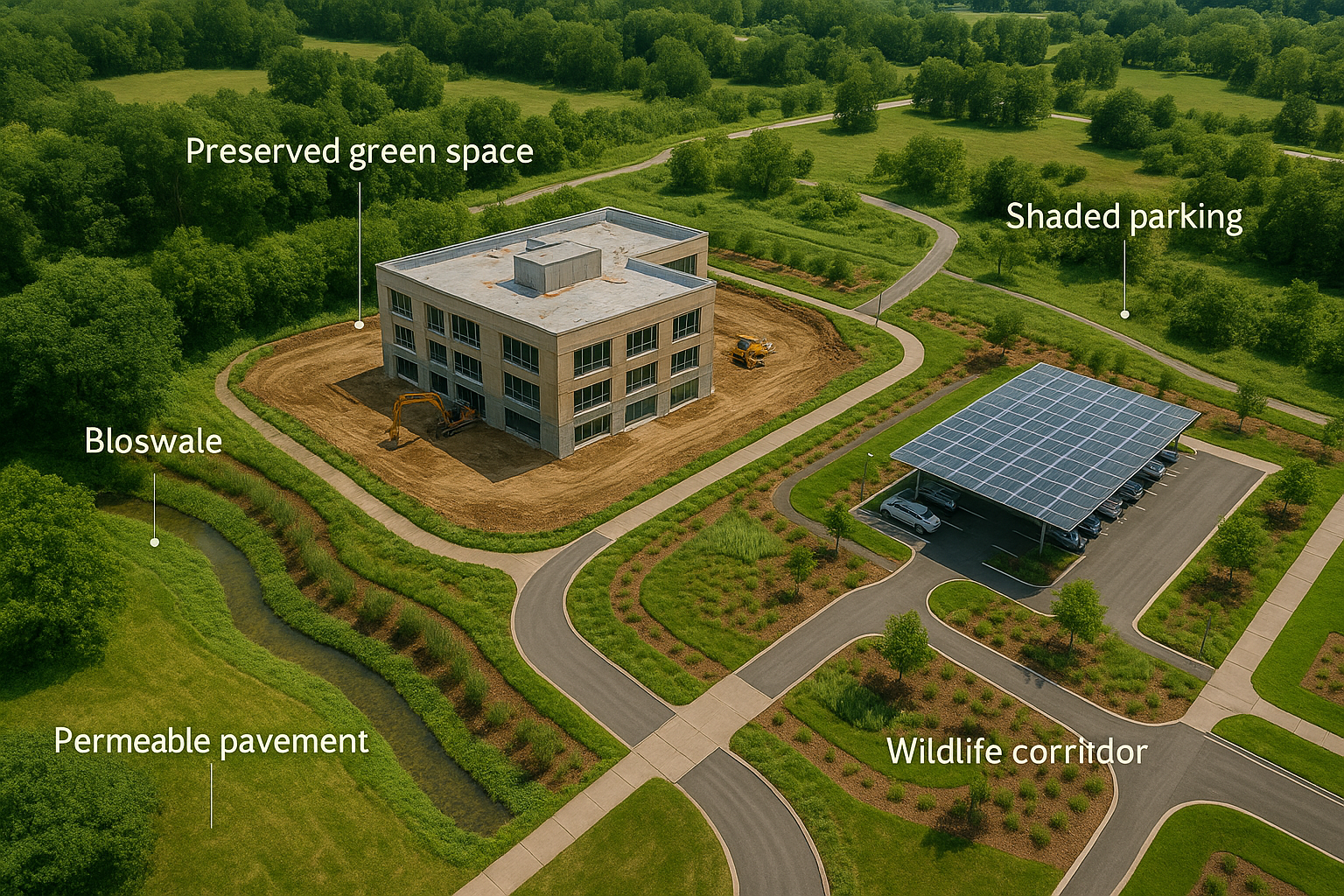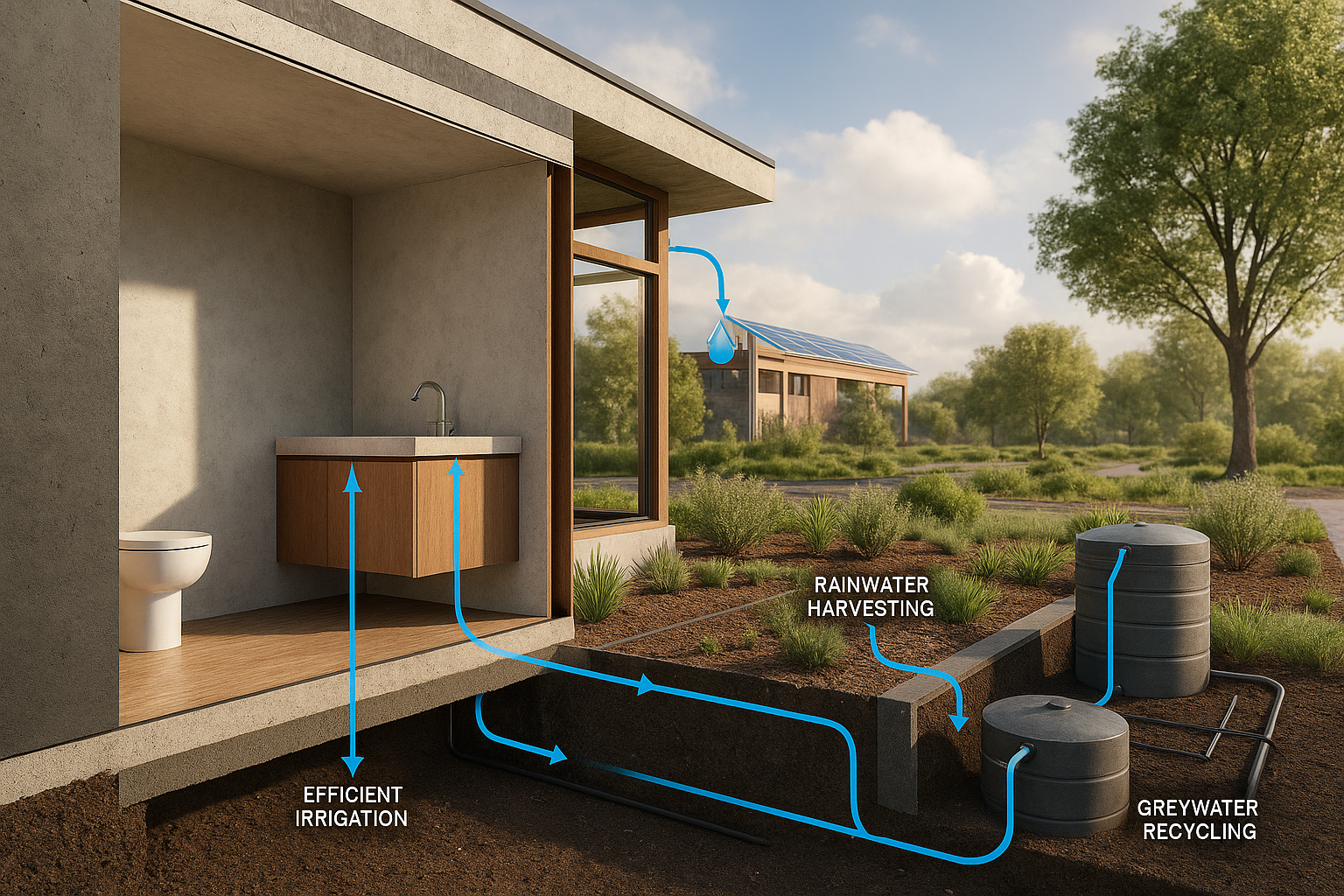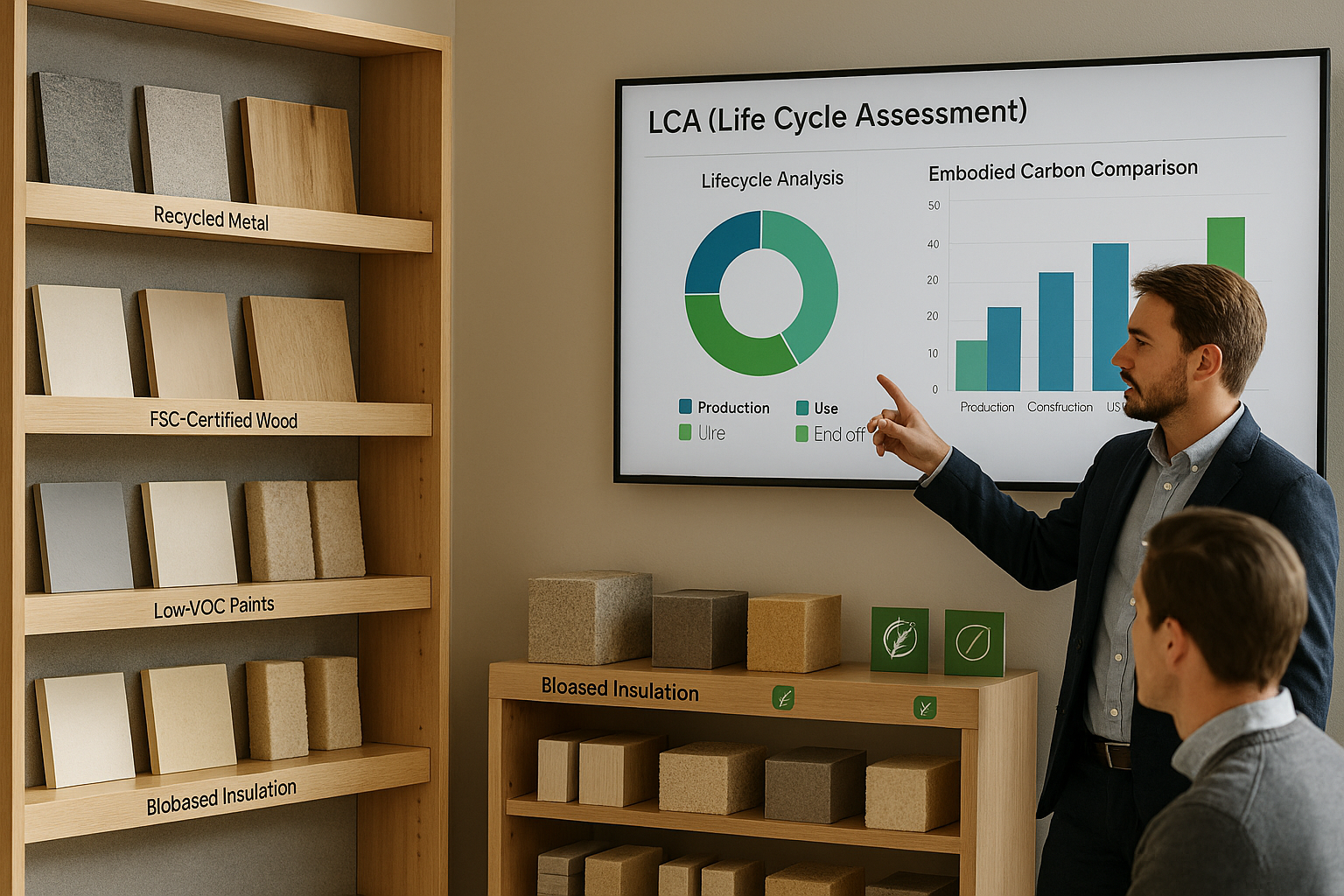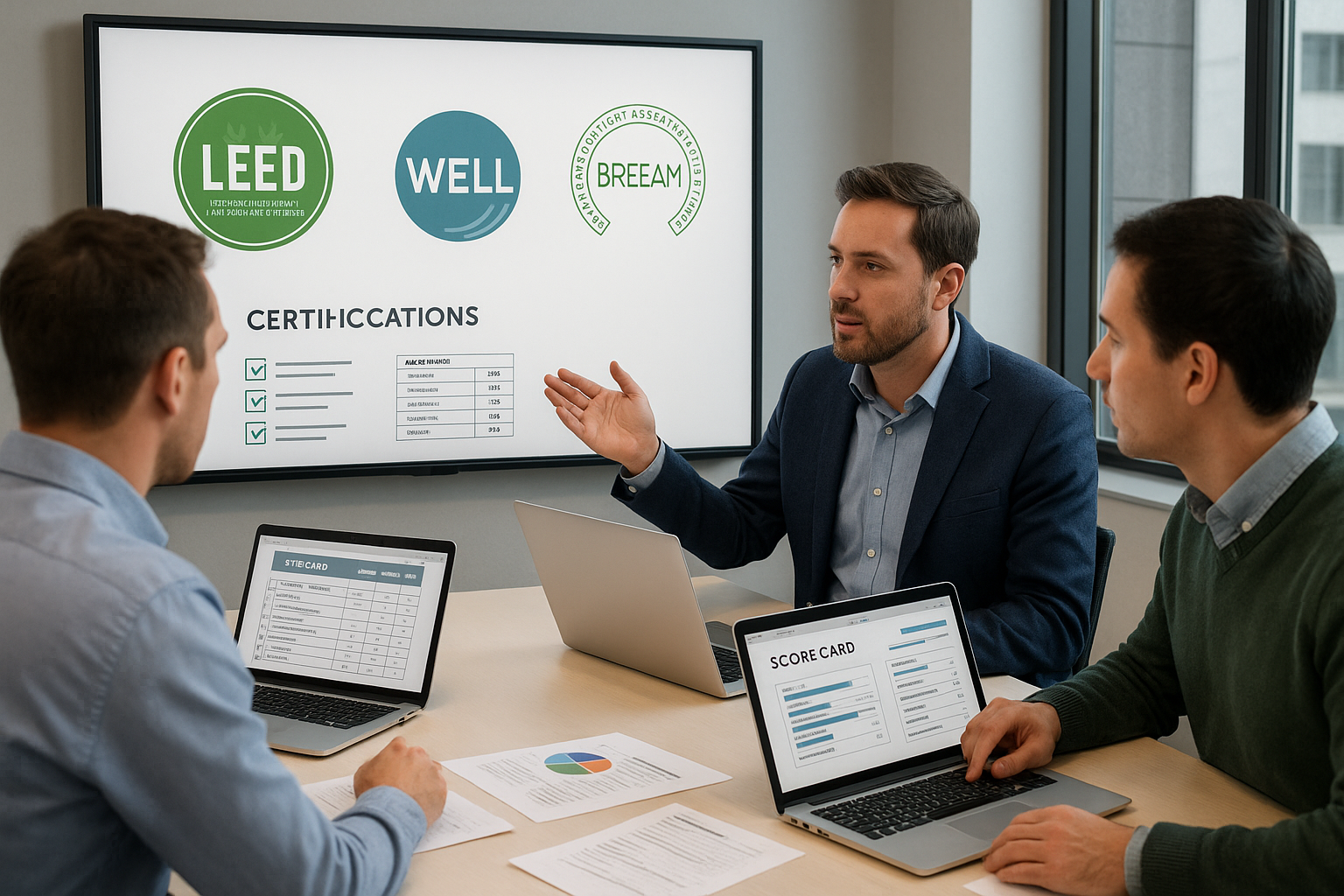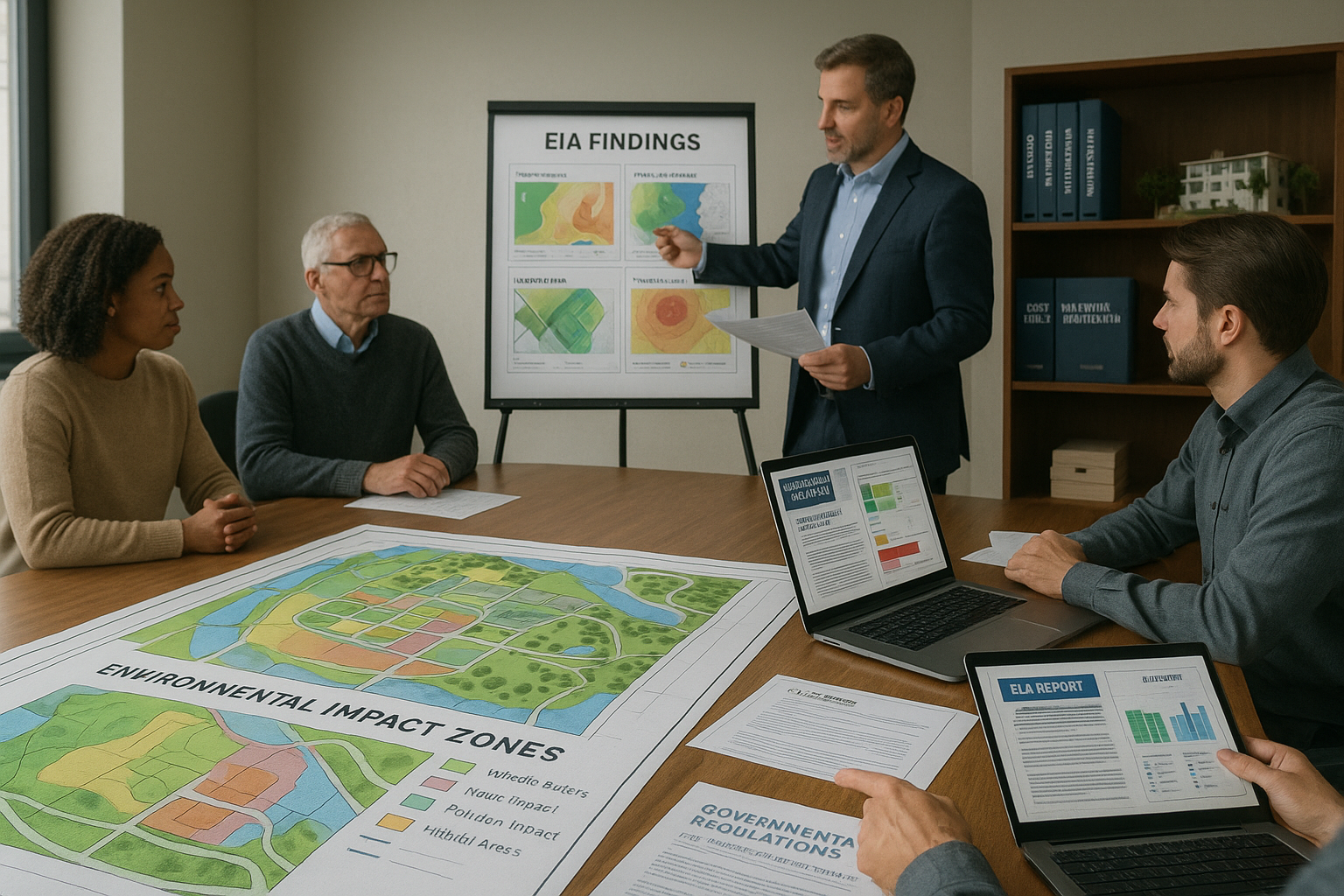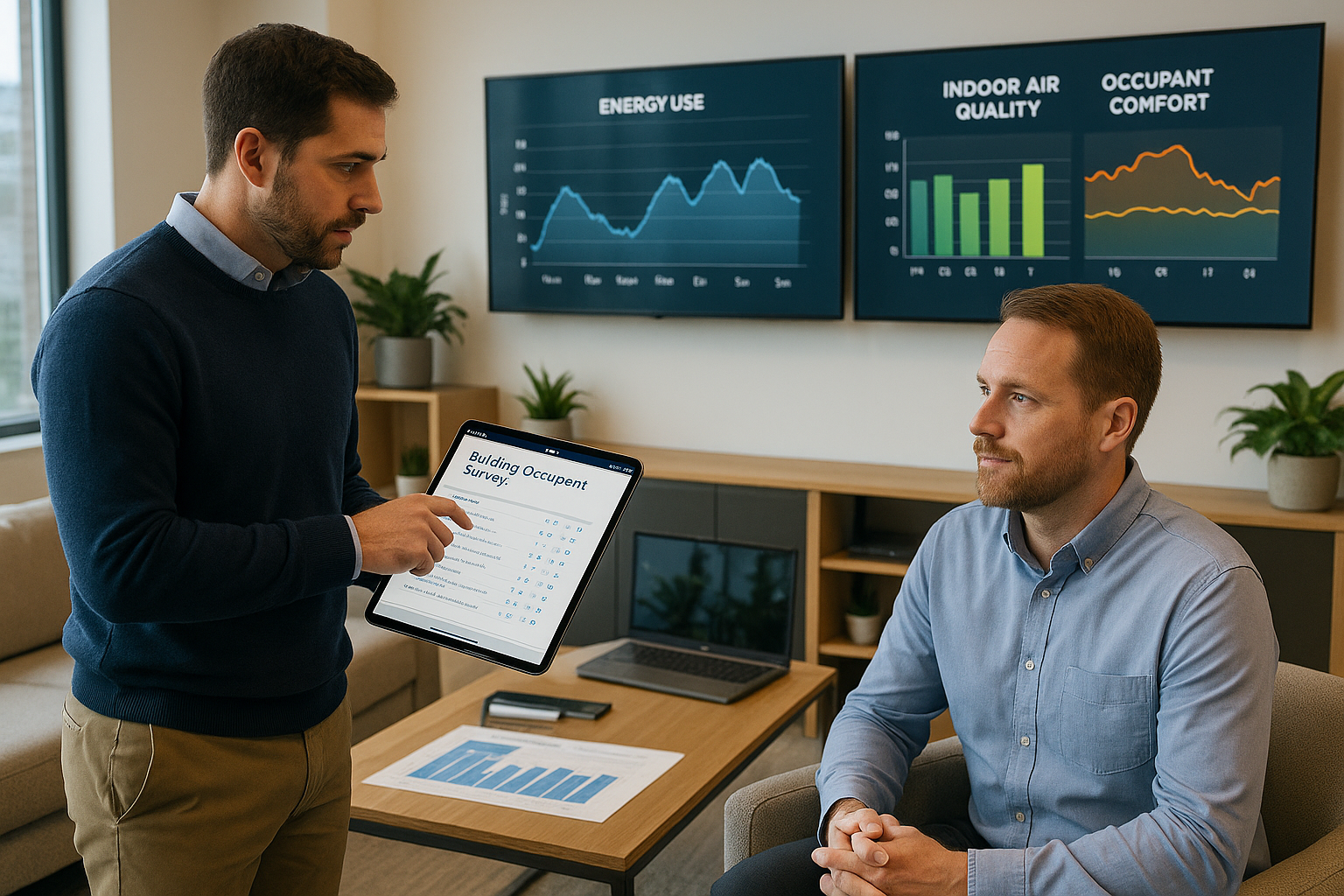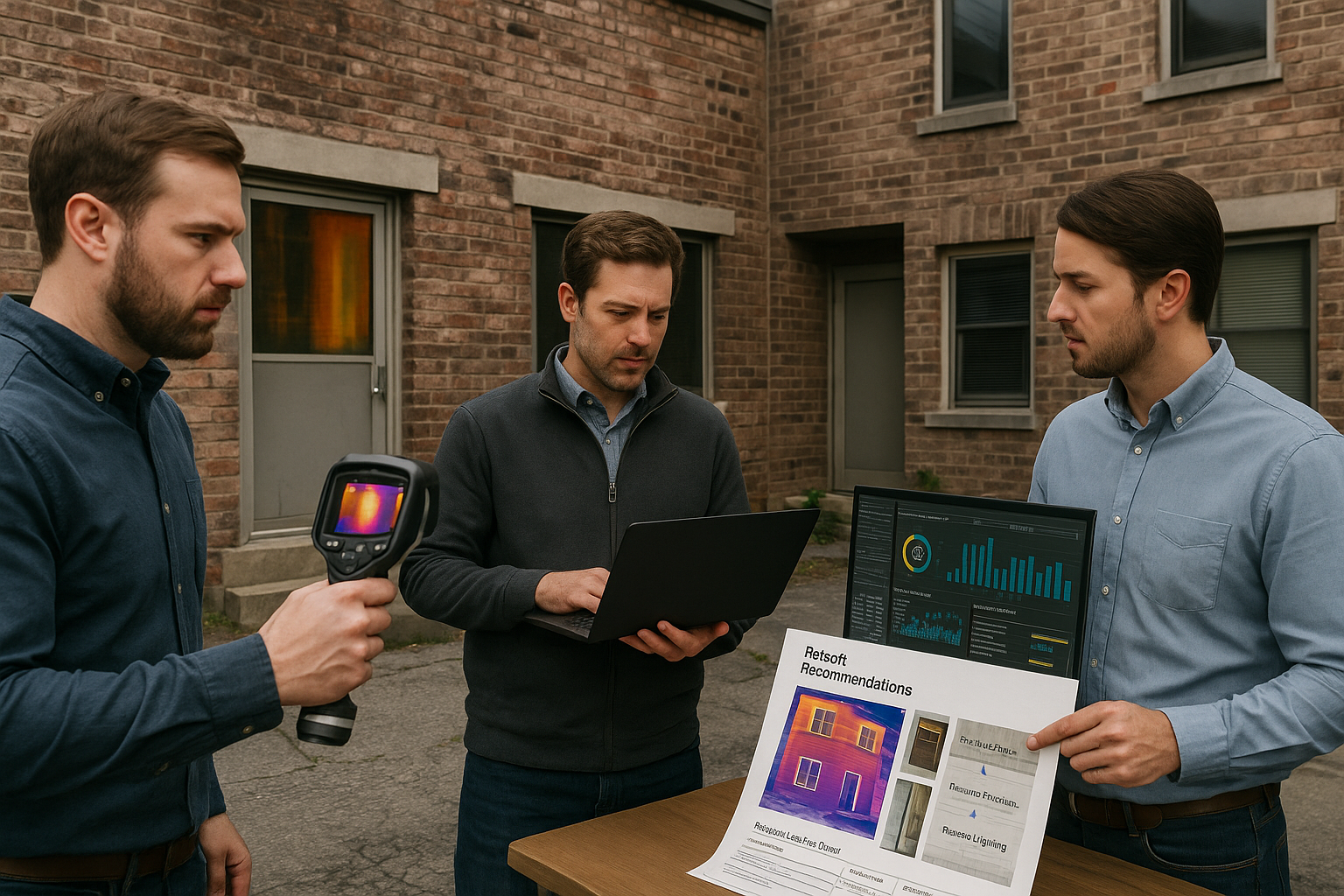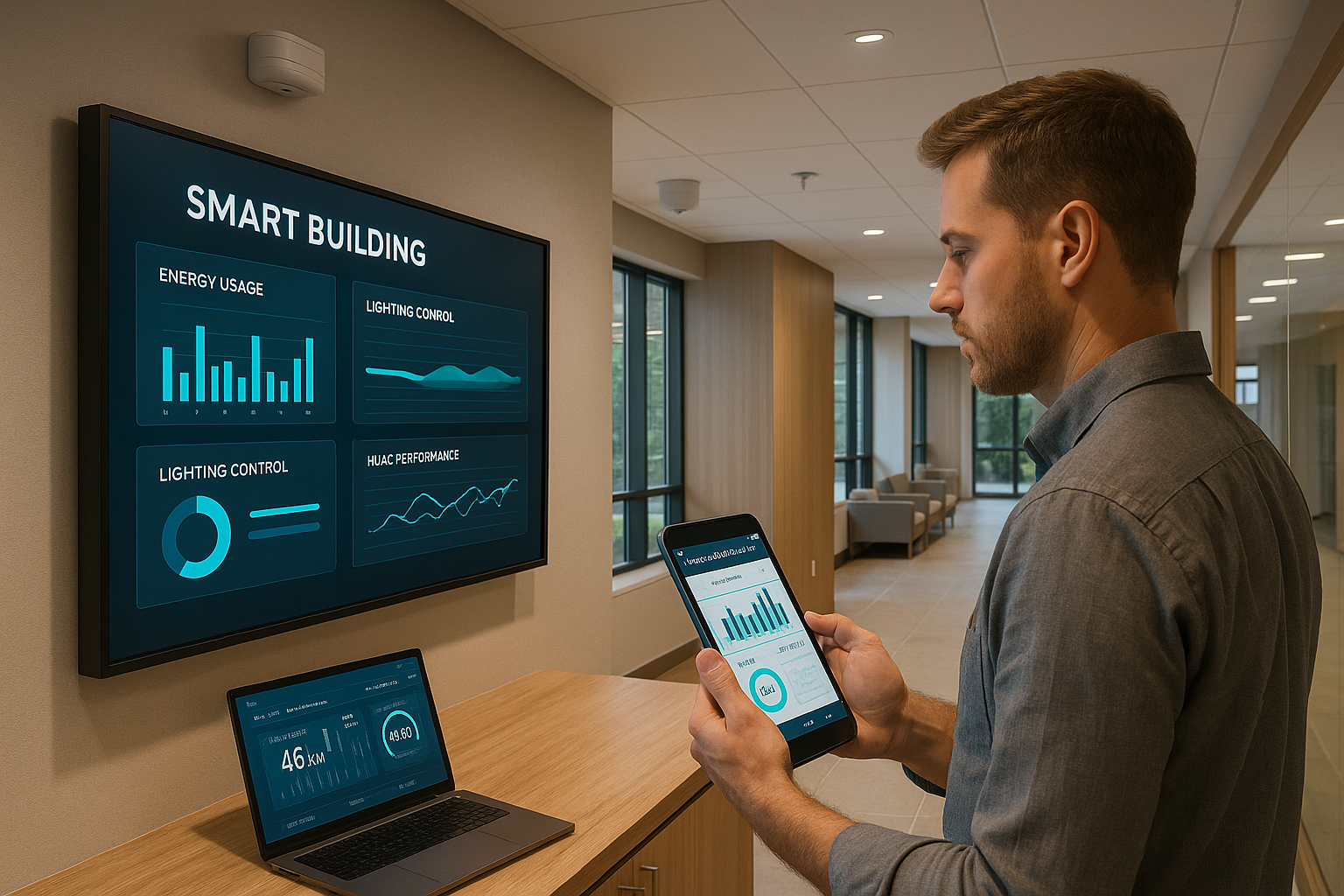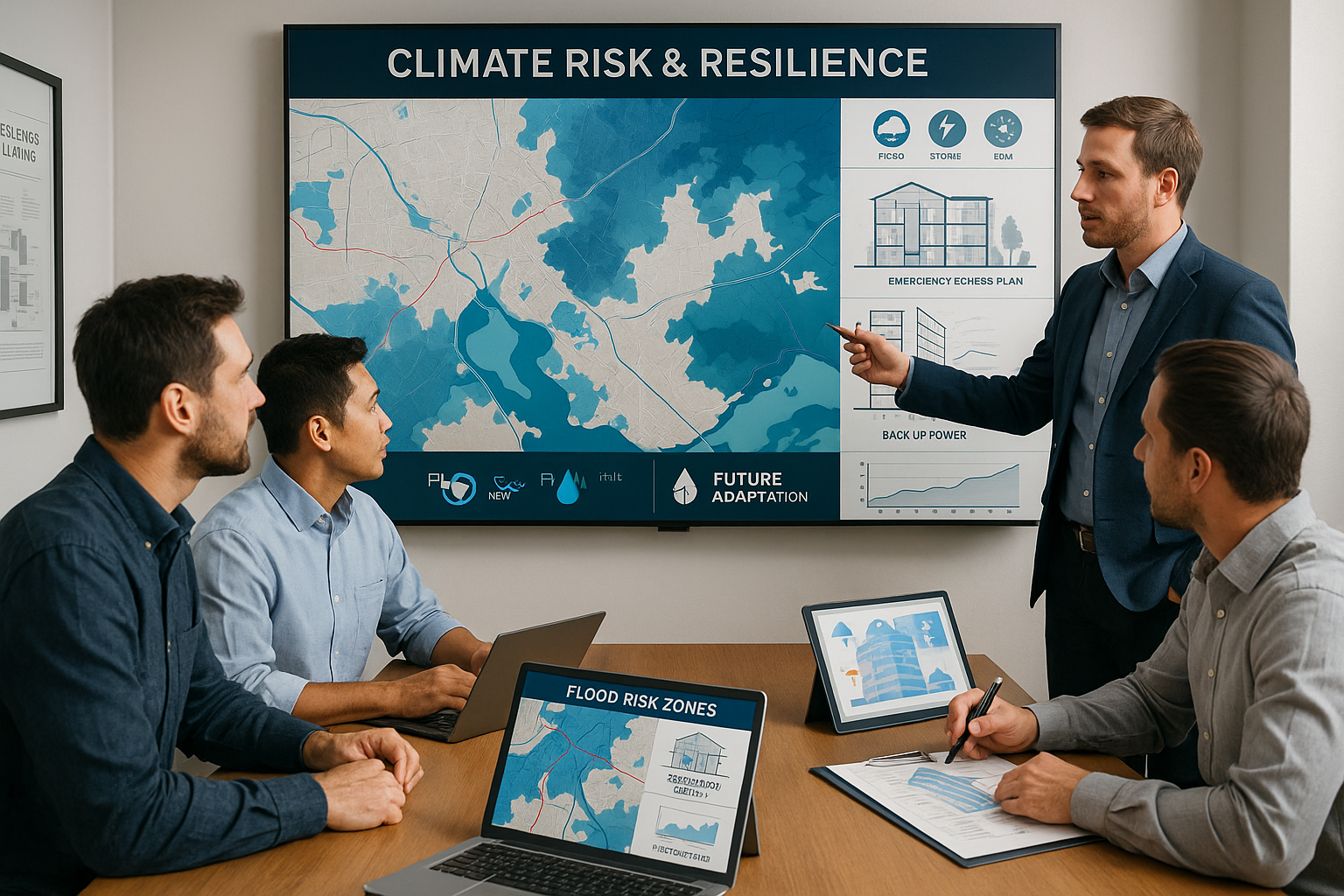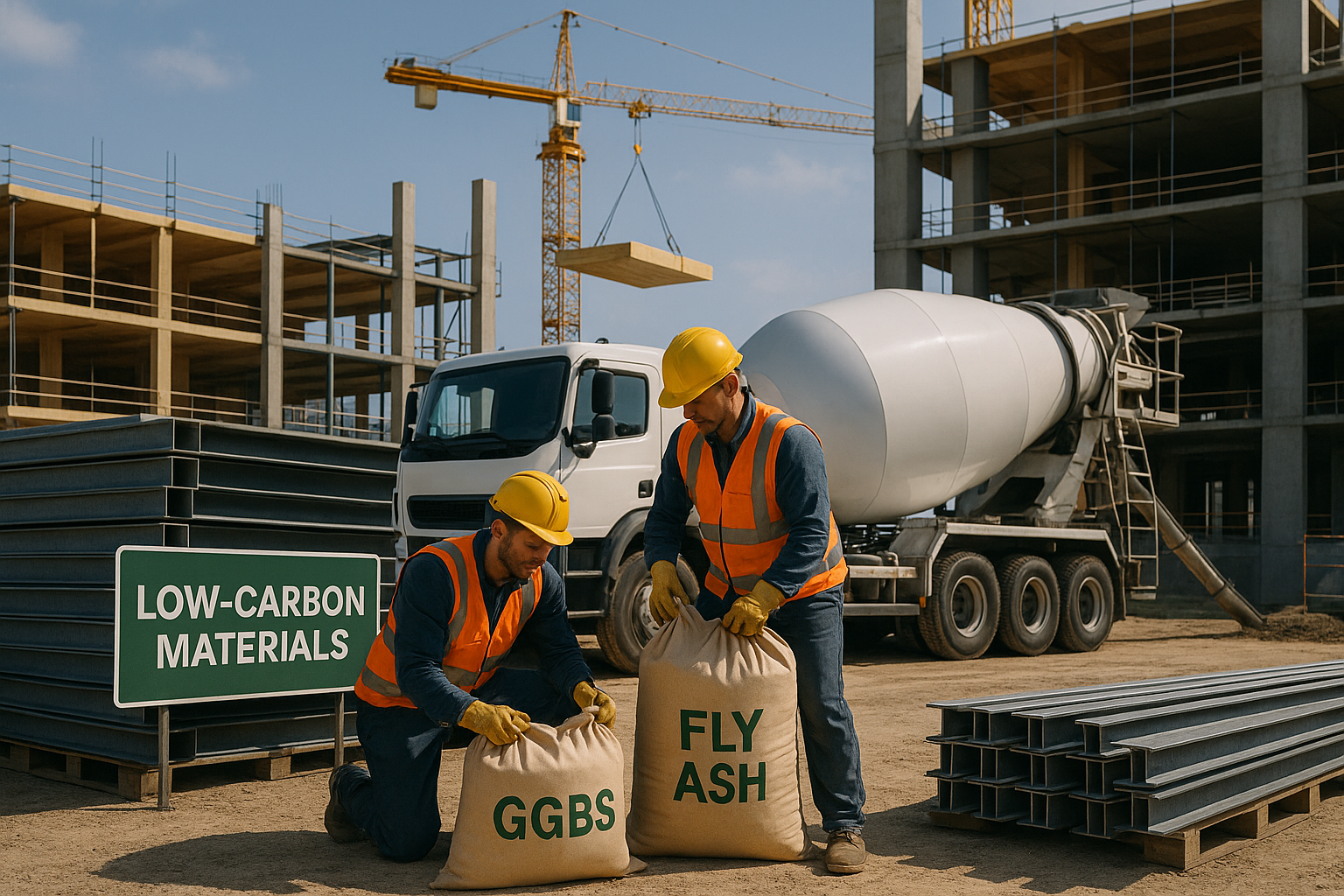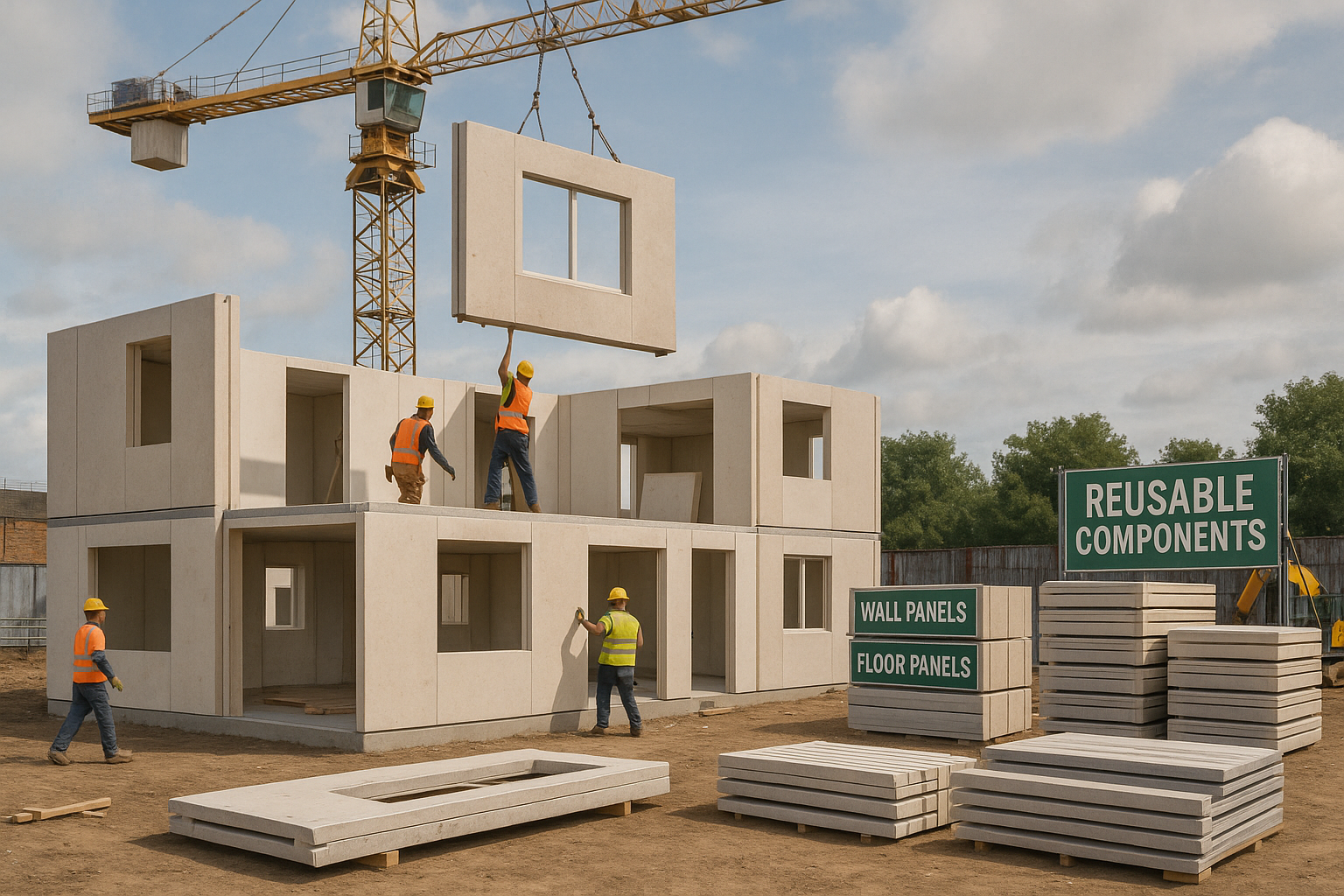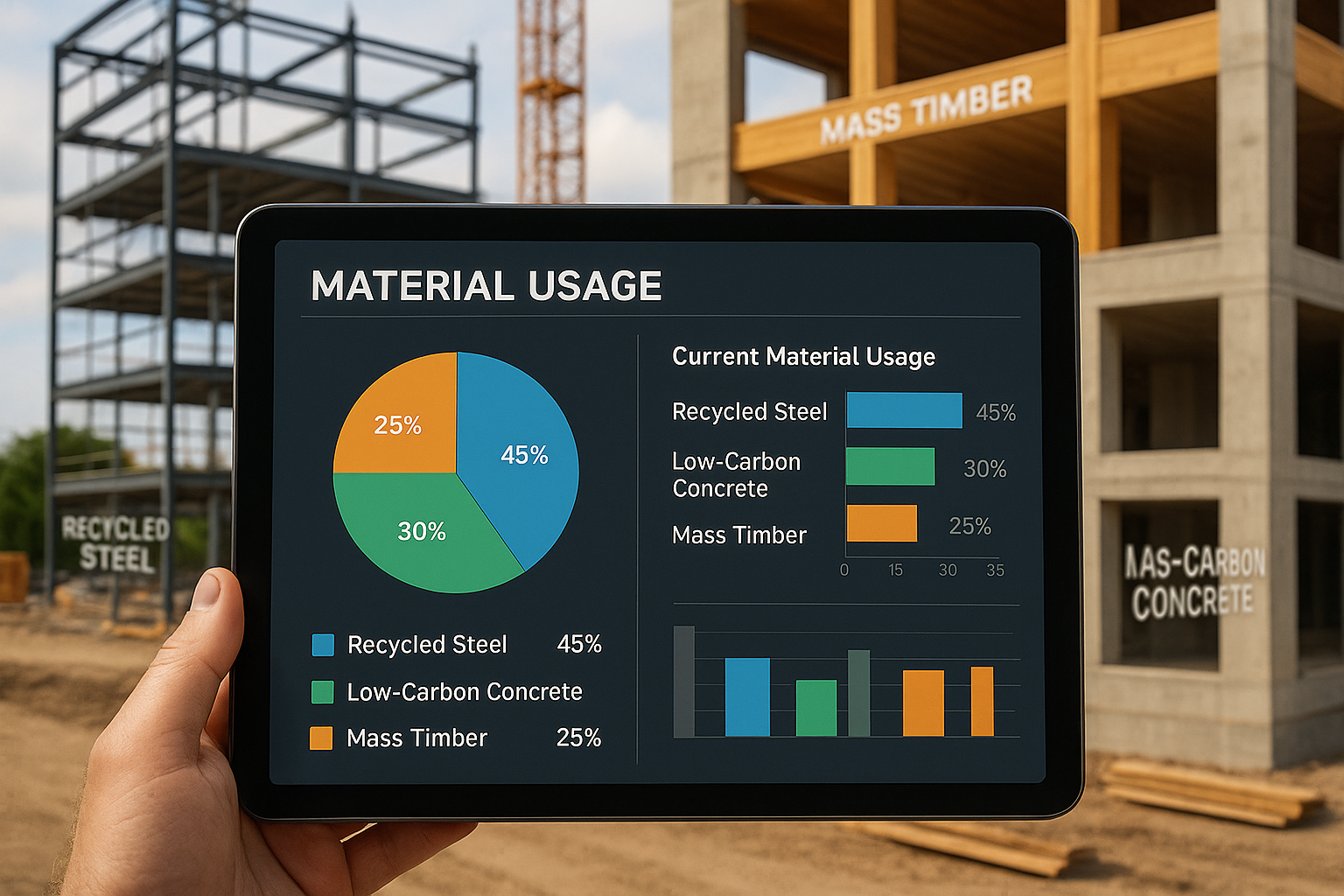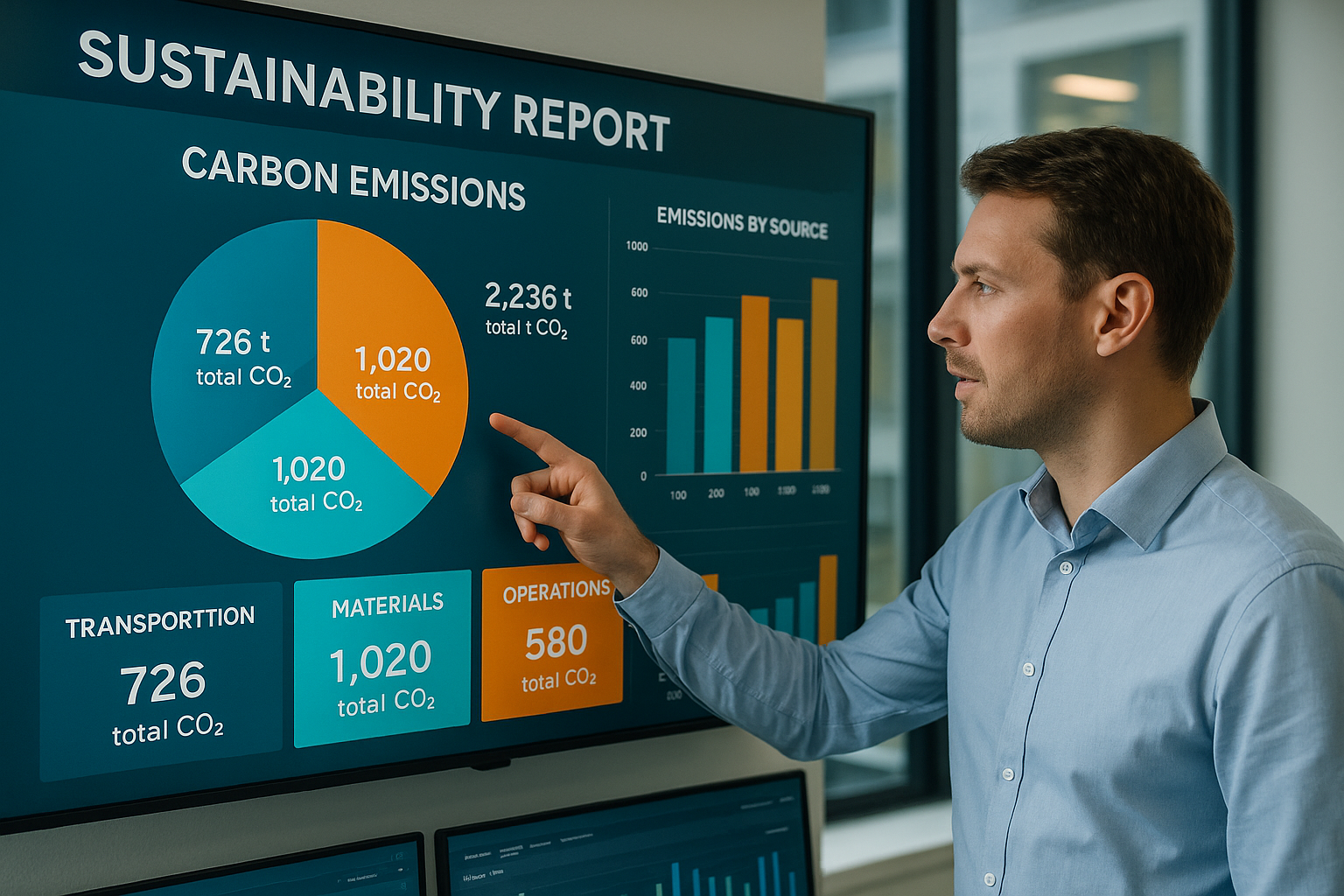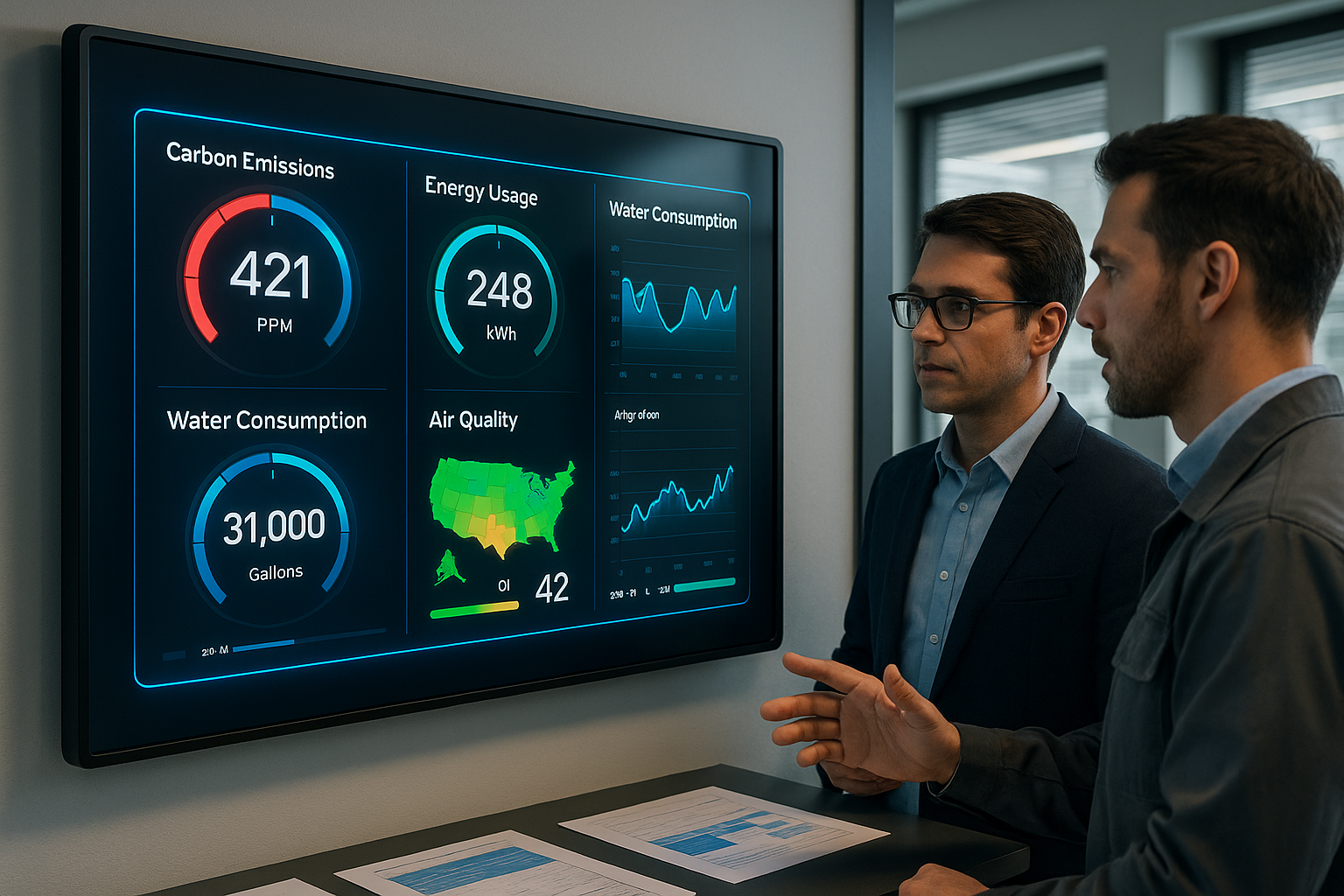“Engineering a Greener Future”
SUSTAINABILITY
At NEBRAS, sustainable engineering isn’t just good for the planet—it’s also smart for the bottom line. By integrating resource-efficient designs, renewable technologies, and forward-thinking planning, we help clients reduce operational costs, minimize waste, and avoid future expenses related to regulatory compliance or climate-related disruptions. Sustainability and cost-effectiveness go hand in hand—delivering long-term value without compromising performance.
Our Commitment
We believe sustainable engineering goes beyond energy efficiency. It's about designing systems, structures, and solutions that support long-term ecological balance. Our commitment includes:
Low-Carbon Design: Minimizing embodied and operational carbon across all projects.
Energy Efficiency: Integrating passive design, renewable energy, and smart systems.
Resource Optimization: Using materials and systems that reduce waste and support circular economy principles.
Climate Resilience: Designing for future climate risks—flooding, heatwaves, and extreme weather events.
Sustainable Certifications: Supporting clients in achieving LEED, BREEAM, WELL, and other green certifications.

Sustainable MEP Solutions
-
![HVAC System Optimization]()
HVAC System Optimization
Design and configure HVAC systems for maximum energy efficiency and indoor comfort, including variable air volume (VAV) and VRF systems.
-
![Energy Modeling & Simulation]()
Energy Modeling & Simulation
Simulate energy use using software to guide sustainable design decisions and predict performance.
-
![Thermal Comfort & Indoor Air Quality Design]()
Thermal Comfort & Indoor Air Quality Design
Ensure healthy indoor environments through adequate ventilation, filtration, and thermal zoning.
-
![Heat Recovery Systems]()
Heat Recovery Systems
Reclaim waste heat from exhaust air or processes to reduce overall energy consumption.
-
![District Cooling System Design]()
District Cooling System Design
Efficient cooling solutions for multiple buildings using centralized chilled water plants.
-
![Energy-Efficient Lighting Design]()
Energy-Efficient Lighting Design
Implement LED lighting, daylight-responsive controls, and occupancy sensors to reduce electrical load.
-
![Renewable Energy Integration]()
Renewable Energy Integration
Design solar PV and wind systems to offset grid energy use and reduce carbon footprint.
-
![Smart Metering & Energy Monitoring]()
Smart Metering & Energy Monitoring
Deploy real-time energy tracking tools to optimize usage and identify inefficiencies.
-
![Power Factor Correction]()
Power Factor Correction
Improve electrical system efficiency by minimizing reactive power and avoiding utility penalties.
-
![Load Management Systems]()
Load Management Systems
Control and shift electrical loads to off-peak hours to reduce energy demand and costs.
-
![Water-Efficient Fixture Design]()
Water-Efficient Fixture Design
Specify low-flow faucets, toilets, and showerheads to minimize water consumption.
-
![Greywater Recycling Systems]()
Greywater Recycling Systems
Treat and reuse water from sinks and showers for irrigation or toilet flushing.
-
![Rainwater Harvesting]()
Rainwater Harvesting
Capture and store rainwater for non-potable uses, reducing demand on municipal water.
-
![Solar Water Heating Systems]()
Solar Water Heating Systems
Use solar collectors to provide domestic hot water efficiently.
-
![Leak Detection & Water Auditing]()
Leak Detection & Water Auditing
Monitor water systems to detect leaks early and ensure efficient usage.
-
![LEED / WELL / Estidama / BREEAM Consulting]()
LEED / WELL / Estidama / BREEAM Consulting
Assist with certification processes through MEP system alignment with green building standards.
-
![Building Commissioning & Retro-Commissioning]()
Building Commissioning & Retro-Commissioning
Validate and optimize performance of new and existing building systems.
-
![Resilience and Climate Adaptation Planning]()
Resilience and Climate Adaptation Planning
Design systems that are adaptable to climate-related risks and extreme weather events.
-
![Carbon Emissions Assessment]()
Carbon Emissions Assessment
Analyze operational emissions and develop strategies for reduction and carbon neutrality.
-
![Building Automation System (BAS) Integration]()
Building Automation System (BAS) Integration
Control and automate MEP systems for improved performance and resource efficiency.
Sustainable Architectural Solutions
-
![Sustainable Site Planning]()
Sustainable Site Planning
Involves selecting building sites that minimize environmental impact, managing stormwater runoff, reducing urban heat islands, and preserving local biodiversity.
-
![Daylight & Thermal Comfort Analysis]()
Daylight & Thermal Comfort Analysis
Uses modeling to optimize daylight penetration and manage solar heat gain while ensuring thermal comfort for occupants.
-
![Energy-Efficient Building Design]()
Energy-Efficient Building Design
Focuses on optimizing the building envelope, using passive strategies (like natural ventilation and daylighting), and integrating renewable energy sources to reduce energy consumption.
-
![Water Efficiency Planning]()
Water Efficiency Planning
Includes designing systems for rainwater harvesting, greywater reuse, efficient irrigation, and low-flow plumbing fixtures to reduce water use.
-
![Material Selection Consulting]()
Material Selection Consulting
Provides guidance on selecting sustainable building materials based on life cycle assessments, embodied carbon, recycled content, and indoor air quality performance.
-
![Building Energy Modeling (BEM)]()
Building Energy Modeling (BEM)
Simulates a building’s energy use to predict performance, inform design decisions, and analyze the cost-benefit of energy-saving measures.
-
![Carbon Footprint Assessment]()
Carbon Footprint Assessment
Calculates the embodied and operational carbon of buildings to help achieve low- or zero-carbon goals.
-
![Building Performance Simulation]()
Building Performance Simulation
Applies tools like Computational Fluid Dynamics (CFD) to analyze airflow, ventilation, moisture control, and thermal bridging.
-
![Green Building Certifications Support]()
Green Building Certifications Support
Assists with obtaining LEED, BREEAM, WELL, Green Star, or other sustainability certifications through documentation, modeling, and strategy support.
-
![Environmental Impact Assessments (EIA)]()
Environmental Impact Assessments (EIA)
Prepares required reports for planning authorities, evaluating the environmental consequences of proposed developments.
-
![Energy Code Compliance]()
Energy Code Compliance
Ensures that building designs meet or exceed local and international energy codes, such as ASHRAE or IECC.
-
![Building Commissioning]()
Building Commissioning
Verifies that building systems are installed and functioning according to design, particularly for sustainable performance goals.
-
![Post-Occupancy Evaluation (POE)]()
Post-Occupancy Evaluation (POE)
Evaluates building performance and occupant satisfaction after construction, including energy usage and indoor air quality.
-
![Energy Audits & Retro-Commissioning]()
Energy Audits & Retro-Commissioning
Identifies inefficiencies in existing buildings and provides recommendations for retrofits to improve energy performance.
-
![Smart Building Integration]()
Smart Building Integration
Incorporates IoT and automation for real-time energy monitoring and efficient operation of building systems.
-
![Sustainability Strategy Development]()
Sustainability Strategy Development
Develops long-term plans to achieve sustainability goals, such as net-zero energy, carbon neutrality, or climate resilience.
-
![Stakeholder Engagement & Workshops]()
Stakeholder Engagement & Workshops
Provides training, workshops, and collaborative planning sessions to educate clients and stakeholders on sustainable practices.
-
![Resilience Planning]()
Resilience Planning
Analyzes risks related to climate change, natural disasters, and future utility demands, and proposes adaptive strategies to mitigate those risks.
Sustainable Structural Solutions
-
![Material Optimization]()
Material Optimization
Promote sustainability and reduce embodied carbon in construction by using industrial by-products (like GGBS and fly ash) in concrete and optimizing materials such as recycled steel, low-carbon concrete, mass timber, or hybrid systems.
-
![Efficient Design]()
Efficient Design
Minimizing material use without compromising safety—using advanced modeling and analysis to optimize structural systems.
-
![Modular and Prefabricated Systems]()
Modular and Prefabricated Systems
Encourage reuse and adaptability while reducing construction waste and energy consumption.
-
![Real-Time Carbon Emissions Tracking]()
Real-Time Carbon Emissions Tracking
Monitor and display total carbon output of ongoing construction projects.
-
![Energy Efficiency Analysis]()
Energy Efficiency Analysis
Evaluate energy performance using dynamic progress indicators.
-
![Material Usage Monitoring]()
Material Usage Monitoring
Visualize proportions of different building materials to assess sustainability.
-
![Durability & Resilience]()
Durability & Resilience
Designing for longevity and resistance to climate extremes, reducing the need for future repairs or rebuilds.
-
![Carbon Footprint Categorization]()
Carbon Footprint Categorization
Break down carbon sources by category (e.g., transportation, materials, operations).
-
![Digital Twin Integration]()
Digital Twin Integration
Synchronize 3D building models with live environmental data for comprehensive insights.
-
![Energy Consumption Forecasting]()
Energy Consumption Forecasting
Track and predict energy use over time to optimize project efficiency.
-
![Environmental Compliance Reporting]()
Environmental Compliance Reporting
Generate data-driven reports for sustainability certifications and regulations.
-
![Smart Dashboard Visualization]()
Smart Dashboard Visualization
Centralized display for real-time updates on key environmental metrics.
-
![Construction Site & Office Sync]()
Construction Site & Office Sync
Link field activity to digital dashboards for unified project oversight.
Innovation Spotlight
“New Ideas We are Exploring”


